Walls of China
China is famous the world over for its wall, The Great Wall. Today it’s a symbol of human achievement and draws an estimated ten million visitors every year, and all for good reason. With a history dating back to the 5th century BC one cannot question the dedication and human sacrifice made in order to build its many sections over the years, but despite the high level of acclaim it garners there is also an equal amount of criticism. An estimated three hundred thousand people lost their lives in the efforts to make it, sadly many of those did not return to their families and were buried either near or inside the wall itself. History also suggests that when called upon, the wall failed to stop invaders crossing into China and defend the people it was intended to protect, so whilst there are those who may argue about the cost of making the wall my focus is, instead, what we can learn about the people who made it.
When looking at the history of The Great Wall and the enormity of scale involved, you instantly begin to appreciate the vision required from both the leaders and decision makers in order to persevere with such a project. Despite its mixed past, for the millions who visit the wall and see it with their own eyes it’s my belief they are witnessing a monument to the conviction of the Chinese people, as well as commemorating those who lost their lives building it. I was in awe when standing atop the wall, but for my Chinese friends, the experience was filled with pride.
We have always built walls both figuratively and physically but what do they tell us about our identity? Real walls like the ones we build around ourselves are usually there to restrict things as a form of protection, these barriers are formed for many reasons but in the end they, like us, are susceptible to the trials and tribulations of life.
However, how does one summarize a country as vast and ever-changing as China, when writing his book “China in Ten words” Yu Hua had just that goal in mind, noting that:
‘My goal, then, is to compress the endless chatter of China today into ten simple words; to bring together observation, analysis, and personal anecdote in a narrative that roams freely across time and space; and finally to clear a path through the social complexities and staggering contrasts of contemporary China.’
I was inspired by his book to do the same and use the many walls constructed around the city as a vessel, to help me document how over time our use and interaction with them can reveal aspects of culture, ideals and daily habits.
Slide show
Individual images


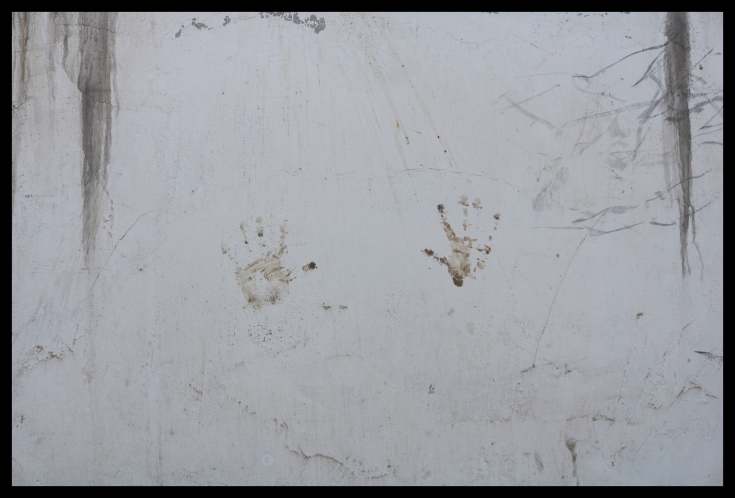
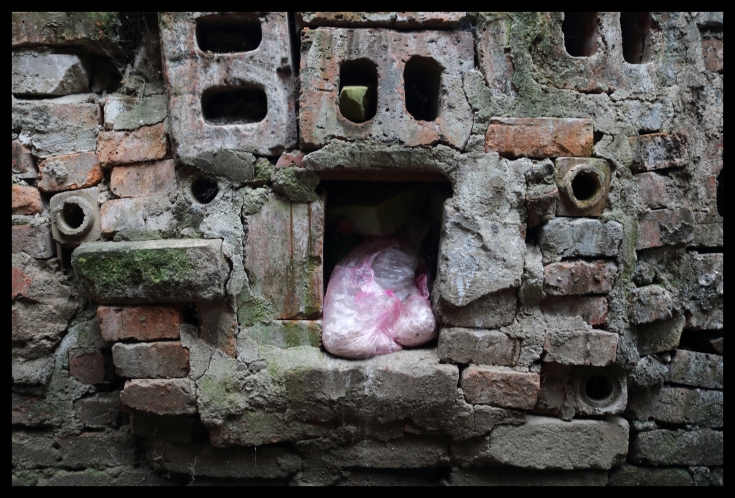
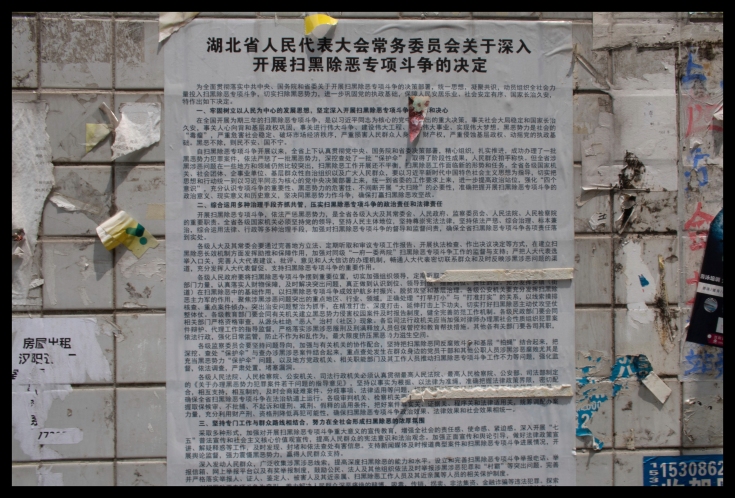
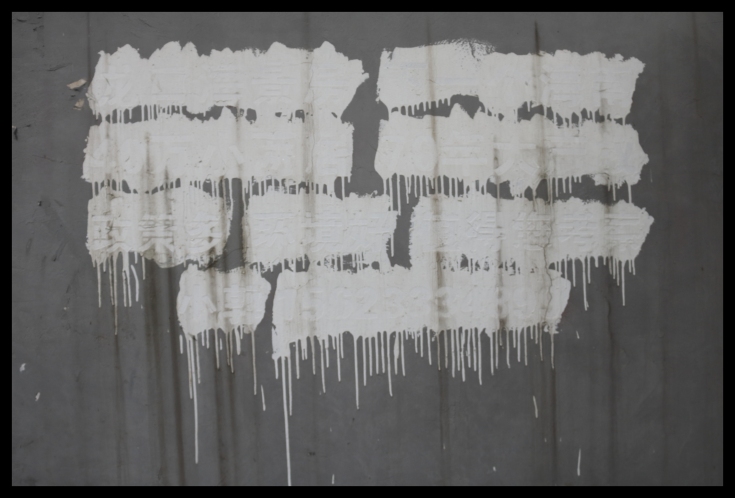
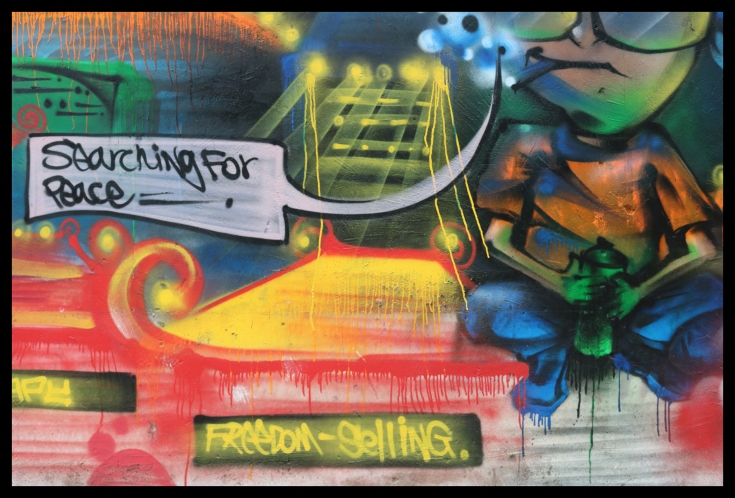


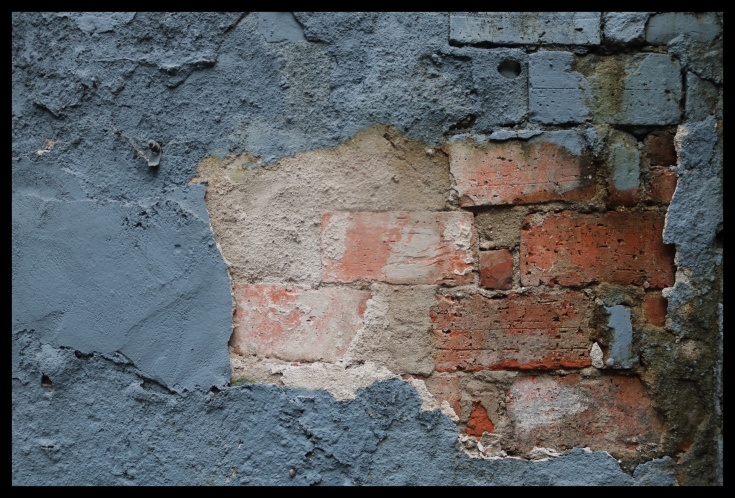

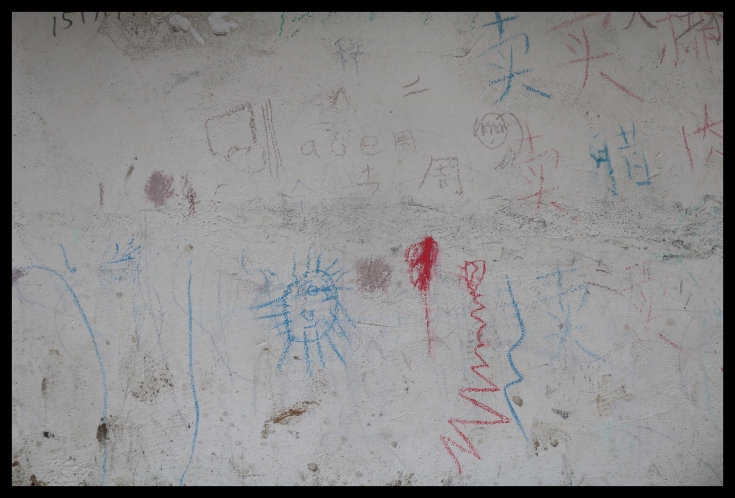
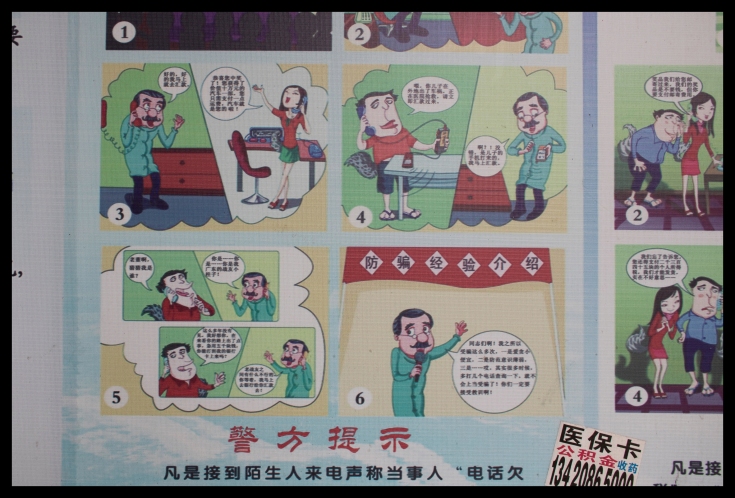
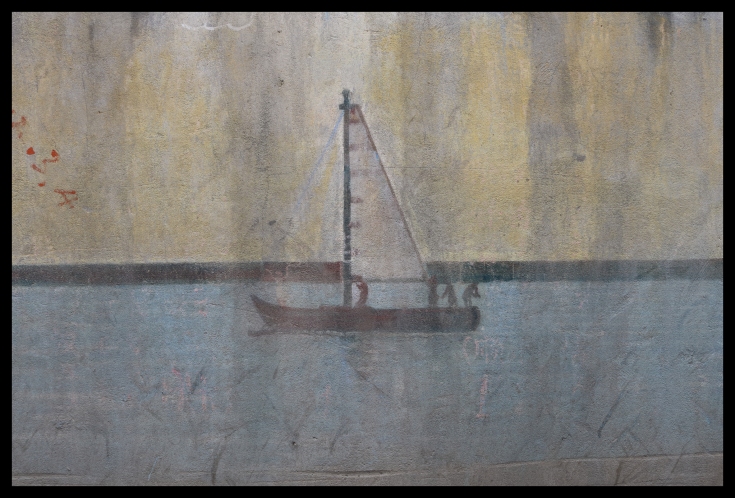

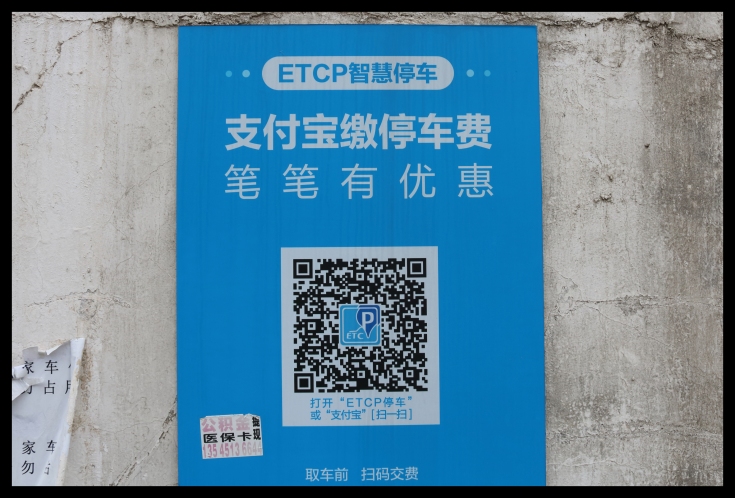
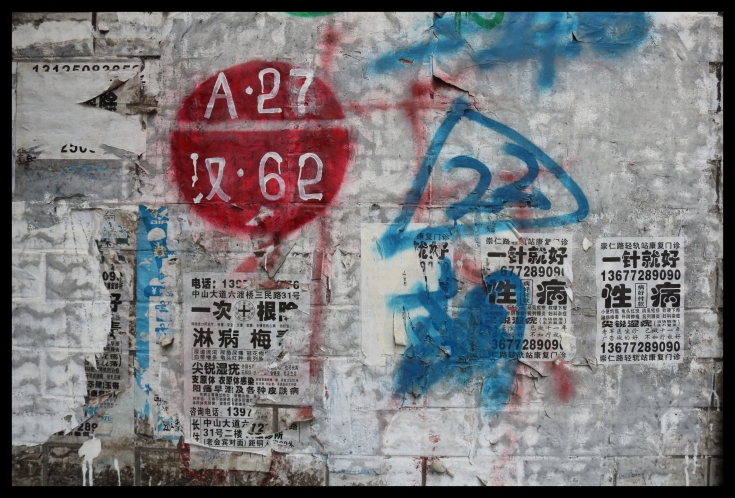
Closing remarks
I aimed to explore and demonstrate that despite the fact we pass them every day, if we look closely the walls around us reveal our habits and identity as people. Just like the work of Richard Wentworth in his ongoing series Making Do and Getting By the playful interplay we have with the world around us can make us laugh or cry, all we have to do is to look.
Quote from
“China in Ten words” by Yu Hua – translated by translated by Will Harris.
Research and Reflection
The Great Wall of China – Research
China in ten words by Yu Hua – Book Research
Assessment criteria – Assignment 5

Leave a comment